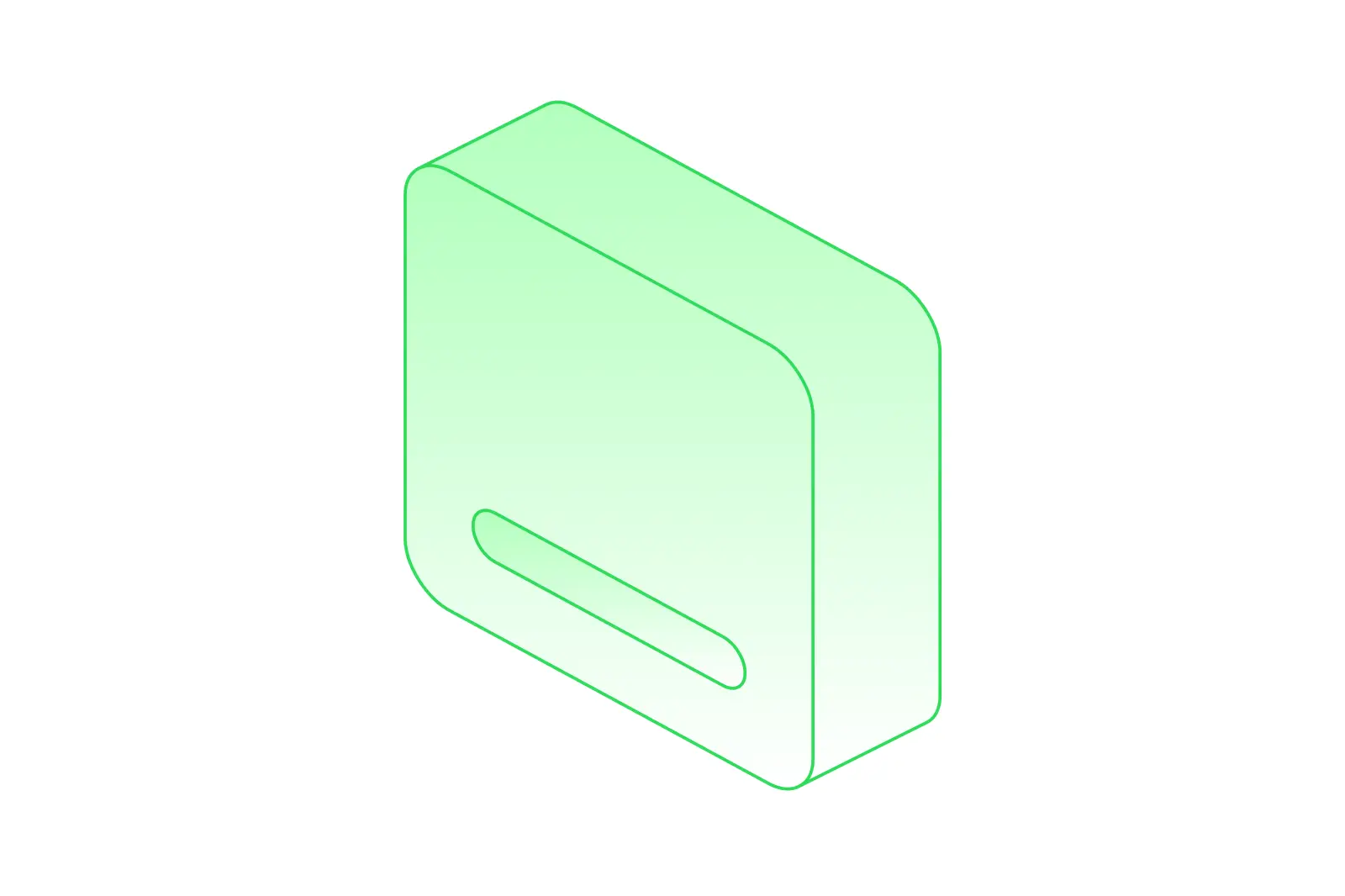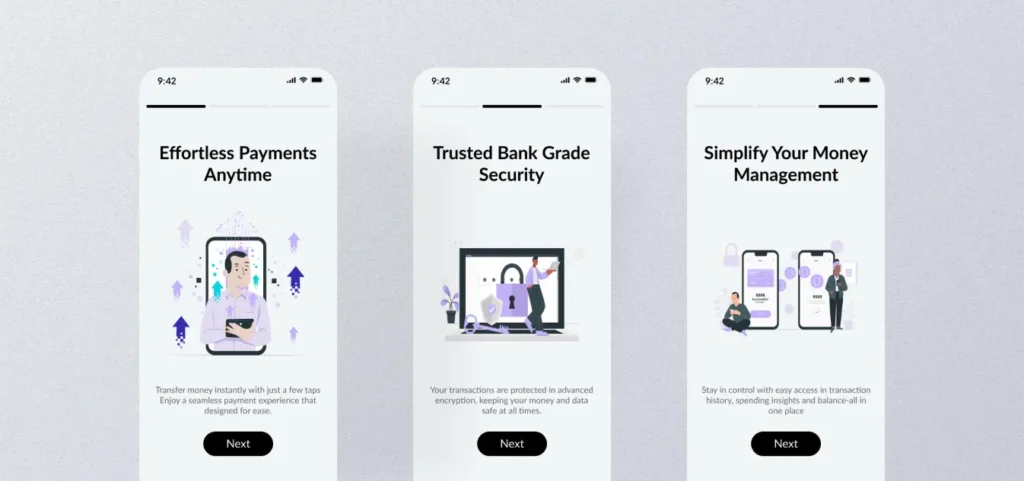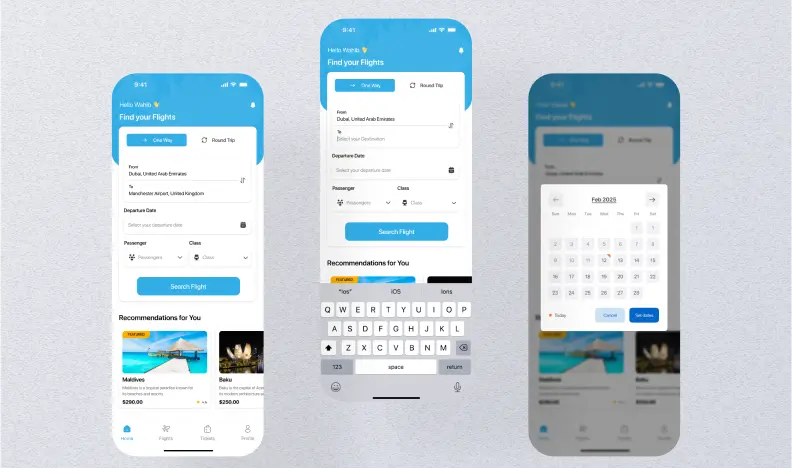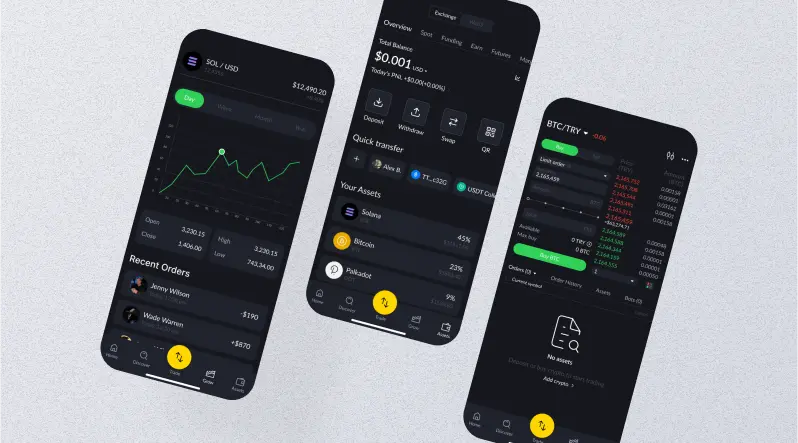How do you create compelling presentations that wow your colleagues and impress your managers? Find out with our in-depth guide on UX presentations.

A mobile UI template consists of pre-built interface components, layouts, and design elements for iOS and Android apps, including buttons, navigation bars, and color palettes. These templates streamline prototyping and development by aligning with platform standards like Material Design for Android and Human Interface Guidelines for iOS. Selecting an appropriate template is critical, as apps with superior UI retain users longer; statistics show average Day 1 retention at 24%, dropping to 5.8% by Day 30, while poor design contributes to 77% of users abandoning apps within three days.

Mobile app development in 2025 involves frameworks such as Flutter and React Native for cross-platform builds, alongside tools like Figma and Sketch for design. UI templates integrate into this ecosystem by offering ready components that support trends like AI-powered personalization and 3D elements, reducing development time amid projected global app revenue of $613-935 billion. This broader cluster links to UX trends, monetization strategies, and accessibility standards, where over 6.9 billion smartphone users demand seamless experiences across devices.
Focusing on template selection, this involves matching designs to app categories like e-commerce or social media, ensuring compatibility with 2025 trends such as dark mode and gesture navigation. Templates in formats like Figma files enable rapid iteration, cutting design phases that account for 20-25% of total app costs, which range from $20,000 for basic MVPs to $400,000 for complex apps. This subtopic emphasizes practical assessment for efficiency in prototyping and deployment.
A mobile UI template provides structured visual elements like icons, forms, and grids, tailored for platforms with resolutions from 375×667 to 1440×3200 pixels. For Android, templates incorporate Material Design features such as elevations and ripples; iOS versions use SwiftUI components like tab views. Examples include onboarding flows with progress indicators and profile screens with editable avatars.
These connect to tools like Figma, allowing exports to code frameworks, and ensure responsiveness across orientations.

UI templates accelerate development by 30-50%, shifting focus to backend features amid average app build times of 3-9 months. They lower costs, as custom UI can exceed $10,000, representing 15-20% of budgets that total $40,000-$400,000 per app.
Templates deliver expert designs incorporating 2025 trends like micro-interactions, boosting engagement where apps with strong UX see 32% higher Day 7 retention in finance categories.
They facilitate prototyping with integrations to Adobe XD, reducing iterations and enabling faster market entry.
Assess platform compatibility, such as Jetpack Compose for Android or SwiftUI for iOS, ensuring support for trends like bento grids and neumorphism. Evaluate responsiveness for devices with varying aspect ratios.
Check customization via editable layers, fonts, and colors, with component-based structures for scalability. Prioritize documentation with API examples to ease integration.
Consider alignment with accessibility features like multi-modal inputs, vital for retaining users with disabilities.
Social media templates feature feed layouts and comment sections, aligning with personalization trends. E-commerce versions include product carousels and checkout forms.
Onboarding templates use gesture-based flows and animations; news apps employ card designs with bold typography. Health apps integrate progress trackers and biometric auth.
Android templates emphasize soft edges; iOS focuses on transparent overlays and exaggerated minimalism.

Templates reduce time by providing pre-built elements, shortening builds from months to weeks, with cross-platform options like Flutter cutting efforts by 50%. Costs decrease, avoiding custom designs in budgets averaging $50,000-$200,000 for games.
Incorporating trends like motion graphics minimizes additional coding, supporting retention where Day 30 rates average 3-5.8%.
Figma hosts community templates for iOS and Android, covering crypto and social apps. DesignShack offers over 55 examples, including in-app screens.
Uiants.co provides over 50 mobile UI kits with 10,000+ Figma screens, featuring pixel-perfect, component-based designs that are fully customizable and responsive, priced at $9 per kit. Colorlib supplies 28 free kits for versatile prototyping.
Dribbble showcases 5,015+ inspirational designs; Adobe XD supports platform-specific kits.
Define goals like enhancing engagement for a fitness app, selecting templates with AI personalization and bento grids.
Prototype and test for usability, iterating to meet audience preferences where 88% of time is spent on apps.
Free templates from Colorlib offer basic components but limited animations; premium from Uiants.co include advanced editable layers and grids for $9, supporting scalability.
Free suit prototypes; premium fit enterprises needing 3D and micro-interactions for better retention.
Yes, templates in Flutter-compatible formats adapt components for iOS and Android, with 46% of developers using such frameworks.
Hierarchy uses contrast and size to guide navigation; choose templates with bento grids for easier scanning, improving retention.
Update with OS releases like iOS 19 or Android 16, or every 12 months for trends like neumorphism.
Choosing a mobile UI template requires evaluating compatibility, customization, and trend alignment to optimize costs and retention in 2025’s ecosystem. Providers like Uiants.co offer affordable, feature-rich options to build authoritative apps. Refresh content annually or with major OS updates and trend shifts.
Explore what we offer and how we can bring your ideas to life.
Crafted, user-friendly UI for iOS & Android apps that convert.
Scalable, clean, and conversion-focused UI for modern SaaS platform
Modern, responsive websites tailored to your brand goals.
Investor-ready pitch decks that tell your story and sell your vision.
Visual identity that stands out — from logos to style guides.
Expert guidance to improve user flow, retention, and usability.
Ready to get started?
Need Support ?